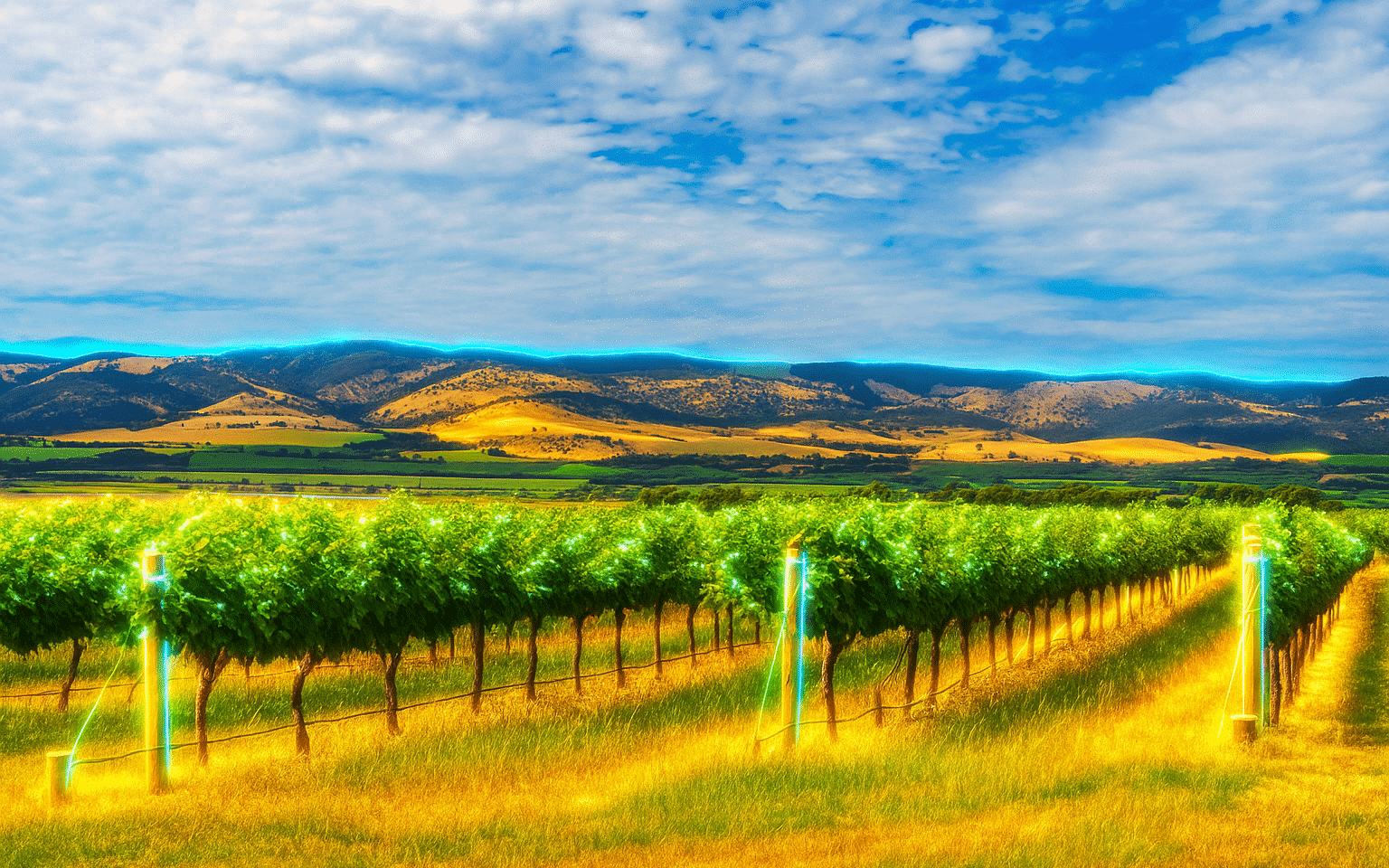
Jump to a section:
At Emulent, we’ve worked with a spectrum of wineries—from boutique estates serving small local communities to larger vineyards exporting internationally. Regardless of size, every winery can benefit from a well-structured marketing plan that resonates with modern wine enthusiasts. Many shoppers now research brands, read taste profiles, and scan social media before deciding which wines to purchase or which vineyards to visit.
1. Establish Your Winery’s Story and Unique Selling Points
Wine is often about heritage, flavor nuances, and personal connection. By articulating your brand’s origin and distinct approach, you give customers a narrative they can appreciate and share with others:
- Define Your Winery’s Origins and Philosophy: Are you a family-run estate passing traditions across generations, or a new wave producer experimenting with innovative blends? Summarizing these roots and motivations helps visitors feel a personal connection to your label.
- Highlight Varietals and Terroir: If your region’s soil composition or microclimate produces a special character—like bright acidity in your whites or unique aromatics in your reds—spotlight this in all messaging. Customers looking for distinctive profiles often latch on to terroir-driven stories.
- Emphasize Production Methods: Whether you’re using sustainable farming, organic certifications, small-lot fermentation, or advanced cellar technology, clarifying these processes fosters trust among consumers who value quality and authenticity.
Key Takeaway: A compelling brand story moves beyond generic “fine wine” descriptions—express your mission, highlight special cultivation details, and stress any unique value that sets your winery apart.
2. Design an Engaging, Informative Website
Your website is often the first point of contact for wine lovers, online shoppers, or travelers planning a vineyard visit. Ensuring a strong digital presence can help convert casual interest into loyal patronage:
- Feature Prominent Wine Catalogs: Include detailed pages for each bottle—listing tasting notes, grape varietals, food pairing suggestions, and purchase options. High-resolution bottle images or vineyard shots can add an inviting flair.
- Incorporate Easy E-commerce Solutions (If Allowed): If your region permits online wine sales, streamline the checkout process with robust shipping info, compliance disclaimers, and a user-friendly cart. This encourages immediate purchases from visitors drawn in by your story and tasting descriptions.
- Highlight Tasting Room or Tour Info: If you welcome guests to your estate, provide clear details on location, hours, reservation processes, and seasonal or private event options. Consider an online booking feature to reduce friction for potential visitors.
Key Takeaway: A well-structured site that pairs compelling visuals with straightforward navigation and purchasing or booking options helps nudge wine enthusiasts toward sampling your vintages—either online or on-site.
3. Use Content Marketing to Educate and Tempt Wine Enthusiasts
Wine buyers often seek knowledge about flavor profiles, serving techniques, and the stories behind each bottle. Providing helpful, engaging content can foster loyalty and brand affinity:
- Blog Posts on Wine Education: Write about topics like “Mastering Food and Wine Pairings,” “Understanding Different Oak Treatments,” or “Choosing Wines for Special Occasions.” Simple, approachable language builds trust and respect among both novices and connoisseurs.
- Tasting Videos & Behind-the-Scenes Tours: Film short clips of your winemaker explaining how each wine’s aroma or body develops, or show the harvest and fermentation processes in real time. This visual storytelling lends transparency and excitement to your brand.
- Seasonal or Themed Guides: Offer curated suggestions (e.g., “Best Wines for Summer Picnics,” “Holiday Gift Sets with Wines and Local Artisanal Foods”). Link these ideas to your online store or tasting room events, prompting immediate sales or visits.
Key Takeaway: Consistent, knowledge-driven content fosters a sense of community among wine fans and provides shareable material that can travel through social media or word-of-mouth, expanding your reach.
4. Engage Customers and Visitors Through Events and Partnerships
Many wine enthusiasts enjoy physical experiences—tastings, tours, or pairing dinners. Hosting or co-hosting events can elevate your brand’s profile while creating memorable customer moments:
- Winery Tours & Tastings: Design unique experiences—like barrel tastings, vineyard walks, or sunset sessions with live music. Promote these events on social media and local event platforms. Offer early-bird or VIP tickets to build excitement and a sense of exclusivity.
- Collaborations with Local Chefs or Restaurants: Partner on special menus or pairing nights, showcasing your wines alongside curated dishes. Share behind-the-scenes planning or short interviews with the chef to spark interest and highlight the synergy between flavors.
- Attend or Sponsor Wine Festivals & Fairs: Setting up a booth at regional wine expos introduces your label to broader crowds, especially if accompanied by staff who can confidently narrate your brand story and serve tasting samples.
Key Takeaway: Personal, experiential marketing ties your wine to enjoyable social settings—leading to stronger brand recall and loyal fans who recommend your winery to friends.
5. Establish Strong Social Media and Influencer Strategies
Platforms like Instagram and Facebook cater to visual content and personal stories—both perfect for wineries wanting to communicate ambiance, artistry, and taste sensations:
- Behind-the-Scenes Posts: Share quick reels or stories featuring the vineyard through the seasons, bottling lines, or harvest celebrations. Show staff picking grapes or your winemaker sampling from barrels. Such authenticity fosters a personal touch.
- Collaborate with Wine Influencers or Lifestyle Bloggers: Offering samples or inviting them to your estate can yield reviews and social mentions. Choose those whose audiences match your brand—like a food blogger who pairs recipes with wines or a travel influencer featuring scenic spots.
- Encourage User-Generated Content: Ask followers to tag your handle and use a specific hashtag when they open a bottle at home or visit your tasting room. Repost fan photos or short videos, celebrating loyal customers and motivating more user engagement.
Key Takeaway: Social media channels thrive on visual allure and personal narratives—something wineries can easily supply. Emphasizing these elements can stir curiosity, push brand discovery, and generate warm leads for direct purchases or visits.
Conclusion: Elevating Your Winery with Focused, Experiential Marketing
Whether you sell bottles online, manage a bustling tasting room, or distribute through select retailers, a cohesive marketing strategy helps you stand out in a global wine market that’s both highly competitive and deeply experiential. By telling your vineyard’s story, spotlighting signature varietals or unique production methods, and engaging customers through educational content, memorable events, and social media storytelling, you lay the groundwork for a loyal, enthusiastic following.
If you’re looking to hone or expand your marketing blueprint—covering website user experience, localized SEO, social campaigns, or event partnerships—contact Emulent. We’re eager to help you develop a wine marketing plan that resonates across palates and fosters a thriving community of wine lovers devoted to your bottles.
